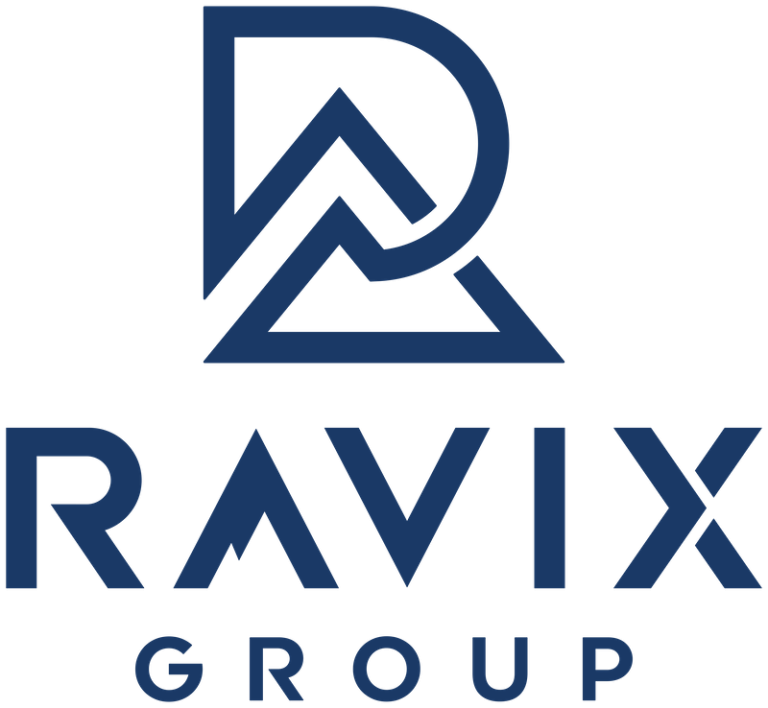From the Desk of Dr. Doom, Chief Restructuring Officer:
Trigger Warnings: VC indecisiveness, looming debt
I landed in Nashville last night after a call from a friend investor, Beatrice. Always intelligent and direct, Beatrice got straight to the point. “I need your help,” she began, her voice devoid of any fluff, “I have an amazing founder, Jack, who’s in a bind. I backed Jack because I believed in him and his healthy lifestyle vision. He’s created a unique product and even acquired another IP to scale. Unfortunately, his debt is keeping him from his next investment. It’s CPG; this is normal, yet we can’t get this VC to move. Can you help?”
Monday morning, Jack and I found ourselves in a quaint Nashville café, an oasis of calm amidst the city’s rhythm. Behind his tired eyes lay tales of countless hours and the heaviness of delayed dreams. His mission had always been pure: championing a healthier way of life. He had built a company and inventory, but now, looming debts and a resistant vendor threatened to pull him down.
As he unfolded his journey, hopes, and the towering debt casting its shadow, my mind started weaving a way out. “I’m in a catch-22. I needed the debt to fulfill orders, now I need more venture money to fulfill more orders, but the debt is holding me back. We’re profitable, we just have inventory hold-ups.”
Inventory management problems are common problems with small businesses and startups. Some are avoidable with the proper logistics, contracts, relationships, and tools. Still, most startups fall into the inventory trap – unable to pay upfront for orders that have yet to be fulfilled. A CFO can usually help with business cash flow problems, but it’s already too late for Jack. He needs a Chief Restructuring Officer to help these nightmares disappear.
I looked at my notes
- $3 million in debt holding investors back
- Investors still believe in the company; just needs less debt
Turnaround or Wind-down?
I gestured in acknowledgment, the blueprint of a strategy forming. This is when I become more “doctor” than “doom”. I diagnose a startup’s problem and attempt to triage quickly.
Leveraging the power of my LinkedIn profile and its clear message that I shut down companies, I approached the recalcitrant creditors. I’m sure they saw my “25+ years of managing startup liquidations” and knew I meant business. I tabled the “convenience class” proposition by offering a mix of logic and diplomacy. I argued that accepting a reduced amount now would prevent future expenditure in both time and expensive legal encounters.
Days melded into nights, marked by a flurry of deliberate actions, rigorous negotiations, and my unwavering resolve. Jack, who once teetered on the precipice of hopelessness, slowly witnessed a shift in his fortunes. My tactic was yielding results. The looming debt mountain was crumbling, making way for a horizon of opportunities. I brought the debt down to just under $700,000.
With the debt successfully renegotiated and settled, Beatrice, along with other backers, stepped forward with renewed enthusiasm. No M&A, no liquidation, no nightmares of a shutdown.
As of today, the founder and his company are still in business, improving the lives of others.
Facing startup wind-down, bankruptcy, or debt? Ravix Group is your expert in startup liquidation, finance, bookkeeping & accounting. Manage your VC-backed startup journey right with industry professionals from Ravix Group.
The names have been changed to protect the traumatized.



